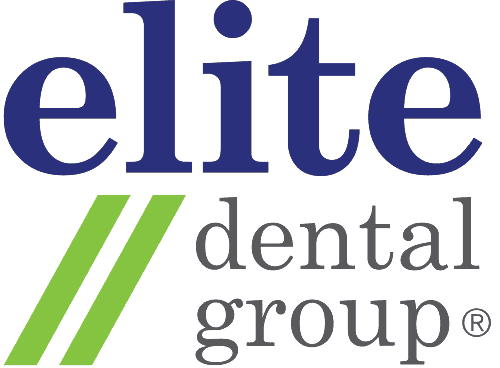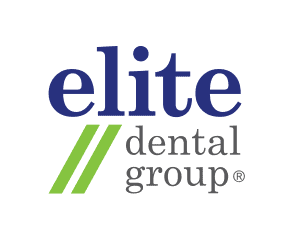Sleep Apnea
Sleep Apnea Causes
Obstructive sleep apnea (OSA) is a common sleep disorder where the sleeper momentarily stops breathing due to complete or partial upper airway obstruction or a narrow upper airway.
Excess tissues in the throat can collapse, obstructing the airway. This upper airway obstruction causes breathing to stop (apnea) causing snorting or choking sounds as you try to breathe. When oxygen levels drop, heart rate and blood pressure increases (hypertension).
In some people, nocturnal tooth grinding (sleep bruxism) can occur together with sleep apnea. In mild apnea, sleep bruxism may be the earliest sign of airway restriction.
Snoring from Obstructive Sleep Apnea (OSA)
Snoring is the sound caused by the vibration of the tissues in the nose, mouth and throat.
How do I know whether I have Obstructive Sleep Apnea (OSA)?
Have you been told that you have any of the following:
During the day:
- Excessive sleepiness or tiredness
- Poor concentration
- Poor memory
- Morning headaches
- Dry mouth/throat upon awakening
- Mood changes
- Irritability
During the night:
- Choking sensation at night
- Gasping for air at night
- Frequent awakening
- Frequent urination
- Loud snoring
- Teeth Grinding
Check out our sleep questionnaire to find out if you are at risk of having sleep apnea!
Is sleep apnea dangerous?
The wee hours of the morning are the most dangerous for people with obstructive sleep apnea. Between midnight and 6am, patients with sleep apnea are 6 times more likely to die from a stroke or a heart attack triggered by chronic high blood pressure and low blood oxygen can trigger.
Patients with sleep apnea have shorter life expectancy compared to people without sleep apnea.
How is sleep apnea treated?
Patients with sleep apnea may have a “global” problem, i.e. obesity, or a “local” anatomical problem (those with huge tonsils, long thick palate, big tongue and/or a small jaw).
General tips to improve OSA:
- weight loss
- exercise
- regular close follow up
BMI, neck circumference, oral cavity adequacy, tonsil size, palate size / length, tongue size, upper airway assessment, and the nasal passage size are assessed to guide treatment.
Treatment of snoring and sleep apnea may be non-surgical and/or surgical.
Non Surgical Management
Oral appliances for sleep apnea and bruxism
Oral appliances are designed to widen the airway. Oral appliances are useful if you cannot have surgery, or are unable to tolerate CPAP.
Mandibular Advancement Devices (MAD) clip on to the upper and lower teeth and reposition the lower jaw forwards.
More patients are able to tolerate regular continued use of MADs compared to CPAP (see below).
Close monitoring of a sleep appliance is mandatory.
CPAP
The CPAP system uses compressed air forced through a mask worn by the patient on the nose or the face. The mask must be throughout the entire night and for every night for life, which is difficult to do.
CPAP is effective only if the mask is worn, and only 34% of patients do so.
Common reasons for poor compliance with CPAP include:
- nasal problems
- mask problems
- equipment problems
How is sleep apnea diagnosed?
Sleep Questionnaire
Check out our sleep questionnaire to find out if you are at risk of having sleep apnea!
Sleep Assessment Tests
Home Sleep Tests
Watch PAT
The Watch PAT is a USFDA and Singapore HSA-approved home sleep apnea test system.
Watch PAT results have been shown to mirror hospital sleep testing very closely.
NightOwl
The NightOwl is currently the world’s smallest home sleep apnea test.
The NightOwl system consists of a small sophisticated sensor which is placed on the fingertip and the cloud-based NightOwl software. The NightOwl sensor is able to measure all parameters recommended by The American Association for Sleep Medicine (AASM) Manual for the Scoring of Sleep and Associated Events for home sleep apnea testing.
The test results will be interpreted and this will be used to see if you require more extensive sleep testing (polysomnography).
Hospital Sleep Tests
Polysomnography measures multiple parameters such as brain wave activity, muscle activity, eye movement during sleep etc.
Although the in hospital overnight sleep test is the most comprehensive, there are some drawbacks:
- high cost,
- long waiting lists,
- intensive labor requirements (requiring a sleep technician overnight),
- difficulties for elderly or very ill patients to travel to the hospital and spend the night in the sleep laboratory,
- many patients often find the equipment too cumbersome and
- the first night effect (due to new environment, patients might not be able to sleep at all)
Due to these short-comings, it is better that patients have their sleep monitored at home to start.
Snoring and Sleep Apnea Management at Elite Dental Group Singapore
Step 1: Assessment
Breathing patterns and tooth wear rate is assessed as part of the new patient examination and active maintenance. Your nose, sinus abnormalities and lower jaw disproportion can be assessed on dental x-rays.
Further testing will then be done to assess the severity of your condition. A home sleep test (Watch PAT/ NightOwl) may be prescribed.
Step 2: Making and fitting of your oral appliance
If you have been advised that you only require a customized oral appliance, molds of your teeth and bite records will be made.
Once made, the appliance will then be fitted and adjusted, to ensure maximum comfort. Expect a period of adjustment when you first start using the appliance. It is common to experience difficulties falling asleep, increased salivation and mouth dryness. Several adjustment visits may be needed to fine tune the appliance.
Sleep testing may be repeated to monitor treatment effectiveness.




